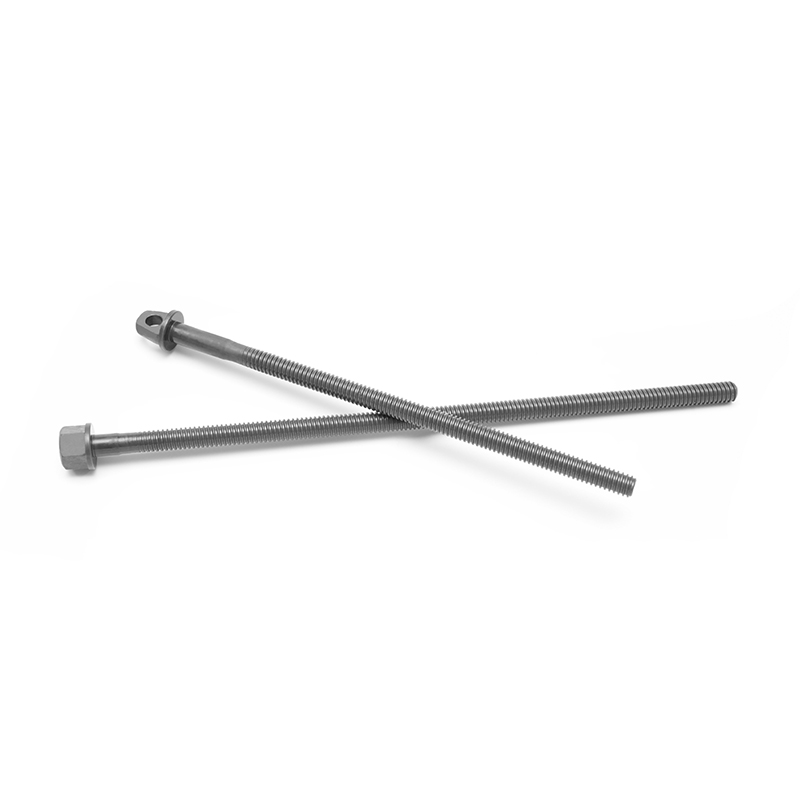The trapezoidal thread profile plays a crucial role in giving the Trapezoidal Lead Screw its distinctive strength, stability, and efficiency in motion systems. The thread’s shape, geometry, and contact characteristics are all designed to optimize load distribution, mechanical advantage, and wear resistance, making it one of the most reliable mechanisms for converting rotary motion into precise linear movement. Below is a detailed explanation of how this profile enhances load-carrying capacity and smooth motion transmission.
Content
- 1 1. Geometry of the Trapezoidal Thread
- 2 2. Broad Flank Contact Area for Load Distribution
- 3 3. High Friction and Self-Locking Capability
- 4 4. Smooth Motion Through Controlled Friction
- 5 5. Strength and Wear Resistance Under Repeated Cycles
- 6 6. Bidirectional Load Transmission
- 7 7. Compatibility with Different Nut Materials
- 8 Summary
1. Geometry of the Trapezoidal Thread
A trapezoidal thread features a symmetrical trapezium-shaped profile, typically with a 30° thread angle (15° on each flank). This geometry differs from square or acme threads by combining mechanical strength and manufacturability. The wider thread base gives the screw more material support, reducing stress concentration and improving its ability to handle axial loads in both directions.
Because of its robust shape, the trapezoidal thread can carry heavier loads without deformation or thread stripping. This makes it ideal for applications where durability and force transmission are more critical than speed, such as lifting systems, vises, and linear actuators.
2. Broad Flank Contact Area for Load Distribution
One of the key reasons for the trapezoidal screw’s high load capacity lies in its broad flank surfaces. The angled thread sides create a larger contact area between the screw and nut compared to standard V-threads.
- This increased surface contact spreads the applied load more evenly along the threads.
- The result is lower contact stress, which reduces wear and extends service life.
- The even pressure distribution also helps maintain consistent motion and torque, contributing to smooth, stable operation under heavy load conditions.
This property is particularly valuable in machine tools, jacks, and industrial automation systems, where continuous linear motion is required without backlash or vibration.
3. High Friction and Self-Locking Capability
The trapezoidal thread profile naturally produces higher frictional resistance between the screw and nut compared to ball screws or other precision lead mechanisms.
- While this means slightly lower mechanical efficiency, it provides an important advantage: self-locking ability.
- When the screw stops rotating, the frictional forces between the threads prevent the load from moving backward, which ensures safety and stability in vertical or lifting applications.
This self-locking feature makes Trapezoidal Lead Screws ideal for equipment like manual presses, scissor lifts, or adjustable platforms, where maintaining a fixed position under load is essential.
4. Smooth Motion Through Controlled Friction
Although trapezoidal screws generate more friction than rolling systems, the thread angle and smooth flank contact help maintain a steady sliding action. When properly lubricated, the sliding motion between the nut and screw is consistent, producing uniform torque and linear velocity.
- The 30° flank angle provides a good balance between low vibration and reliable torque transmission.
- This leads to smooth, controlled linear movement, which is especially beneficial in devices requiring precise manual or motorized adjustments.

5. Strength and Wear Resistance Under Repeated Cycles
The trapezoidal profile’s robust structure also enhances wear resistance during repetitive motion cycles.
- The deep thread roots and strong flanks minimize the risk of shear or plastic deformation, even under heavy axial compression or tension.
- Combined with the use of durable materials like carbon steel, stainless steel, or bronze nuts, trapezoidal screws maintain dimensional accuracy over long periods of use.
This ensures reliable performance in mechanical systems subjected to frequent start-stop operations or continuous load-bearing motion.
6. Bidirectional Load Transmission
Another advantage of the symmetrical trapezoidal profile is its ability to transmit loads efficiently in both directions. Unlike asymmetrical threads, trapezoidal threads can handle push and pull forces equally well.
This makes them suitable for systems that require reversible motion, such as screw jacks or linear actuators, where both forward and backward travel are necessary.
7. Compatibility with Different Nut Materials
The trapezoidal profile is also well-suited for pairing with various nut materials (such as bronze, brass, or reinforced plastic), allowing engineers to balance load capacity, friction, and lubrication requirements. The smooth engagement between these materials and the trapezoidal thread reduces noise and contributes to smoother mechanical performance even under heavy-duty conditions.
Summary
In summary, the trapezoidal thread profile enhances both load-carrying capacity and motion smoothness through its:
- Wide thread base and strong geometry for structural strength.
- Broad flank contact area for even load distribution.
- Controlled friction for stable, vibration-free movement.
- Self-locking nature for secure positioning under heavy loads.
- Symmetrical design for efficient bidirectional motion.
These characteristics make Trapezoidal Lead Screws a preferred choice in mechanical systems that require robust, reliable, and smooth linear motion, particularly in industrial automation, lifting mechanisms, and precision positioning equipment.

 English
English 中文简体
中文简体 Español
Español русский
русский عربى
عربى








